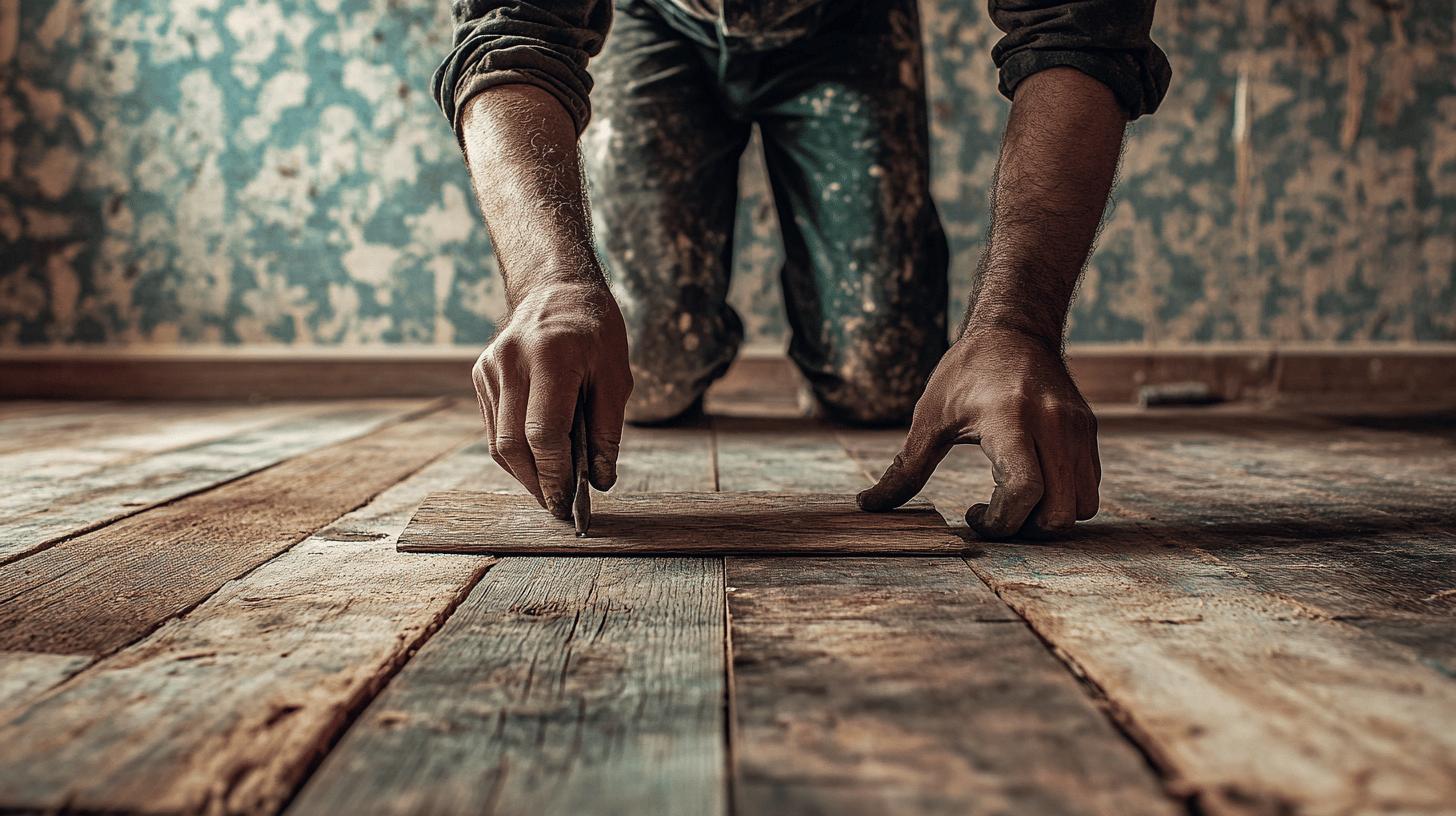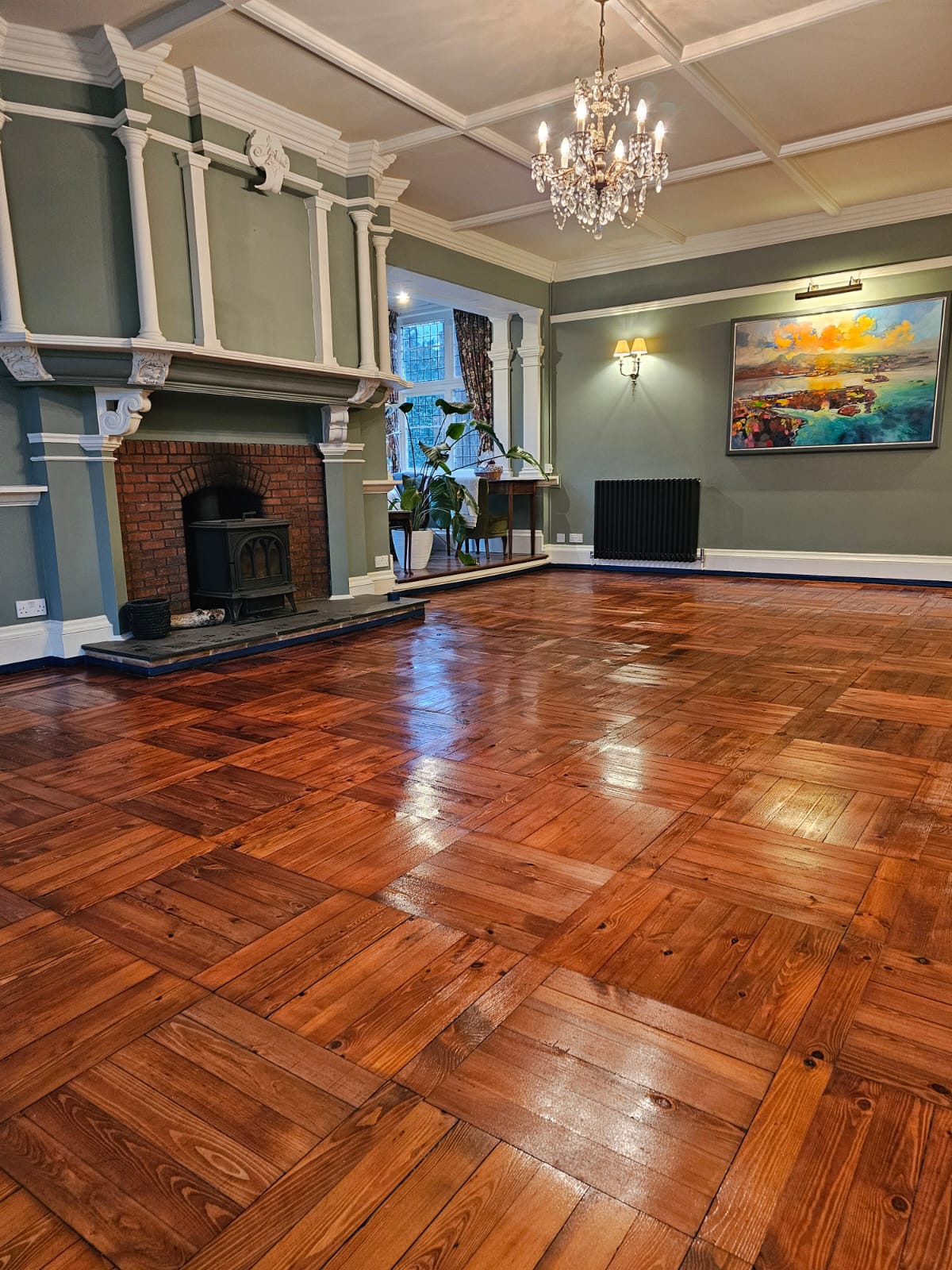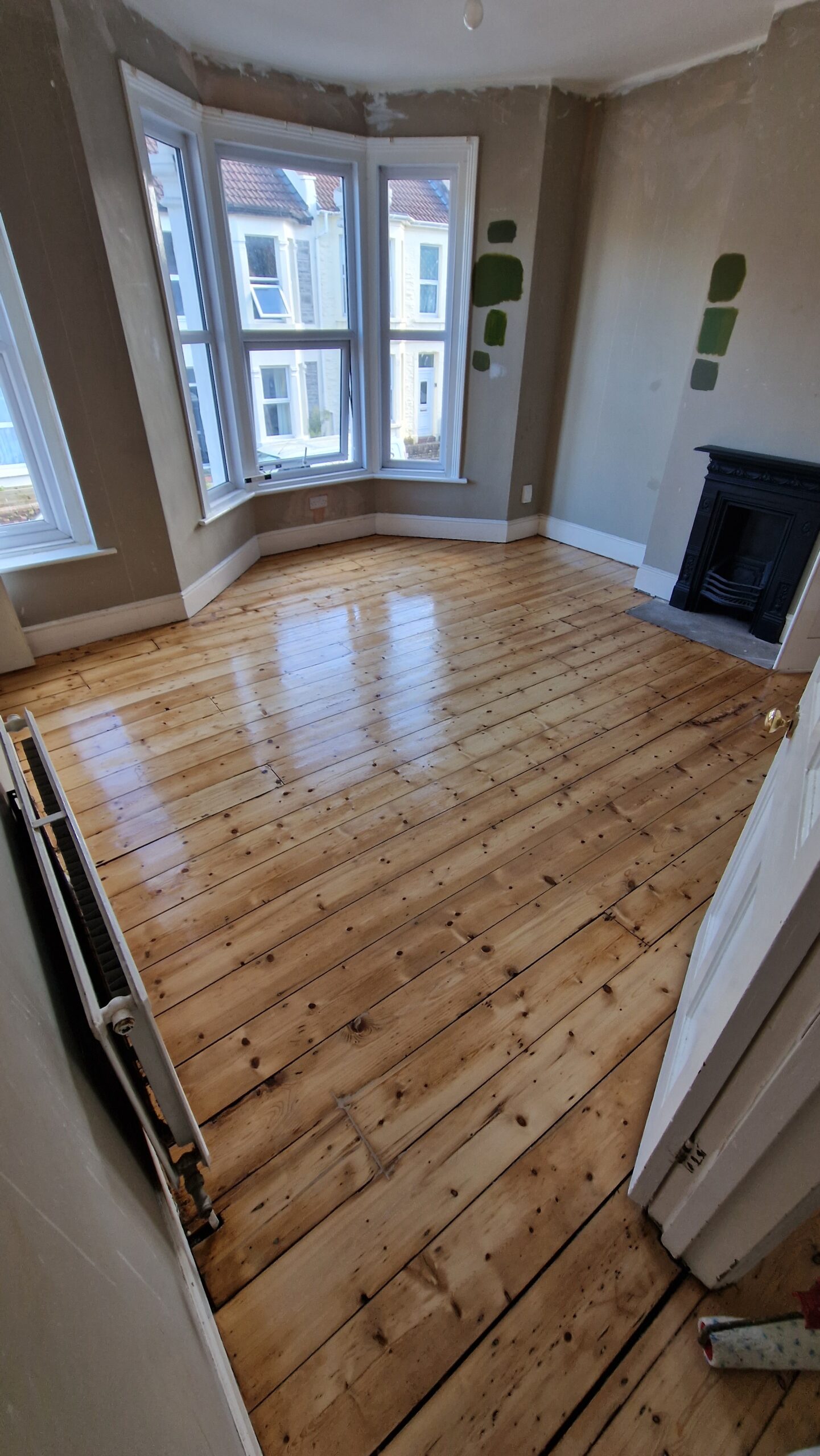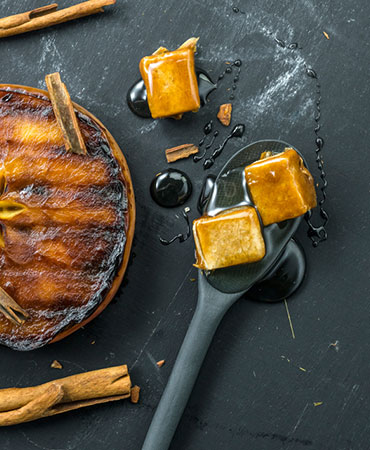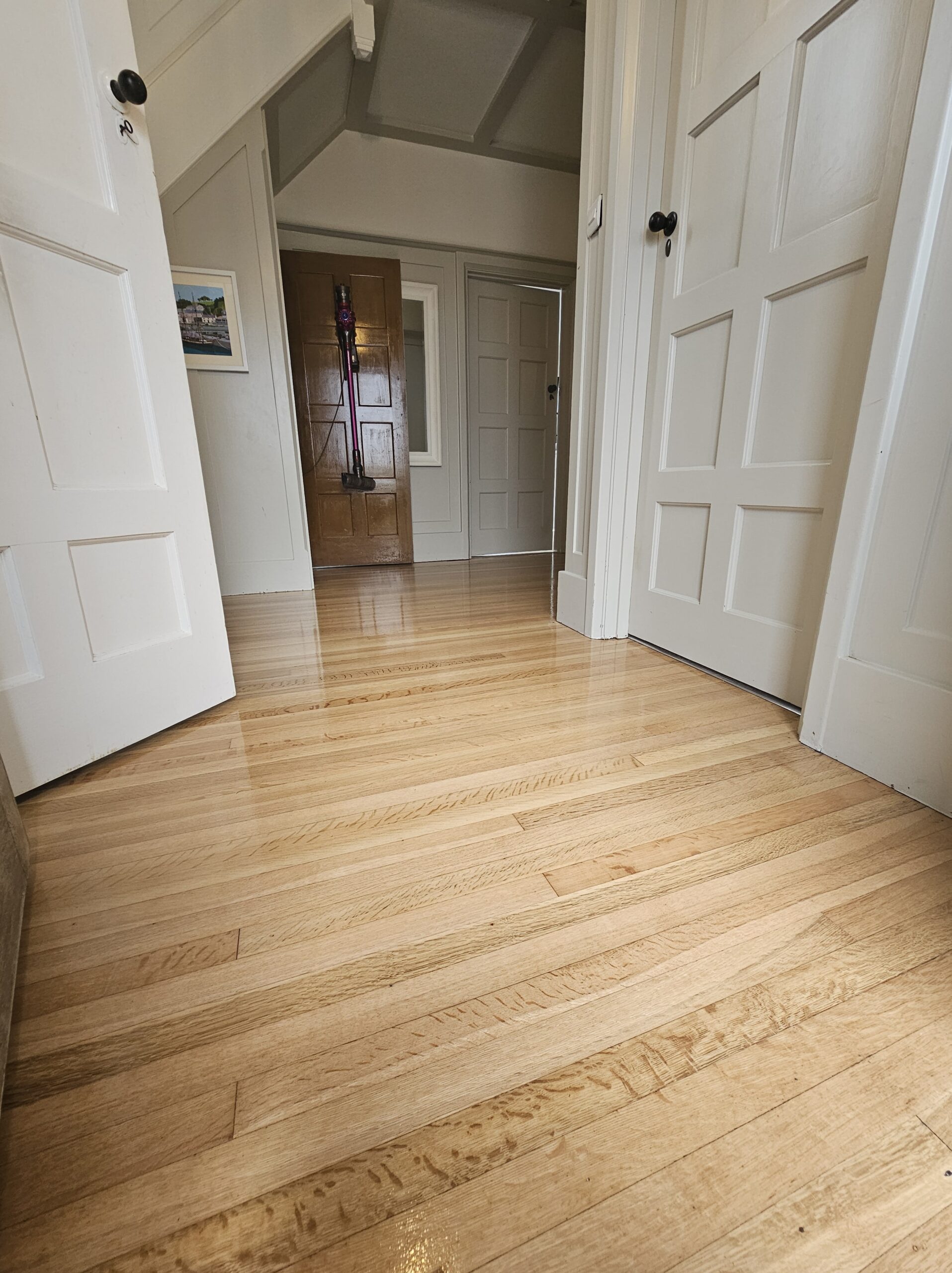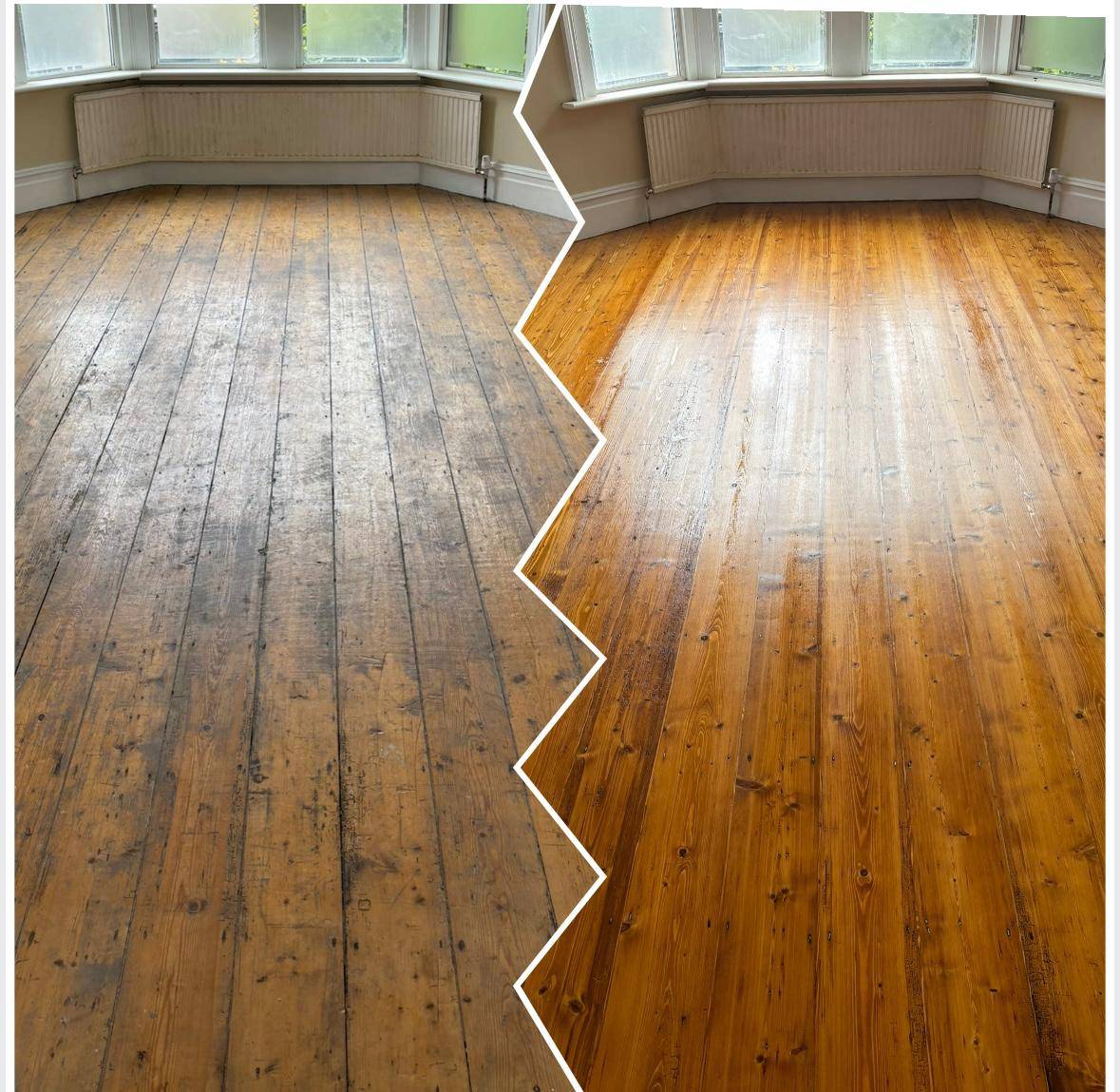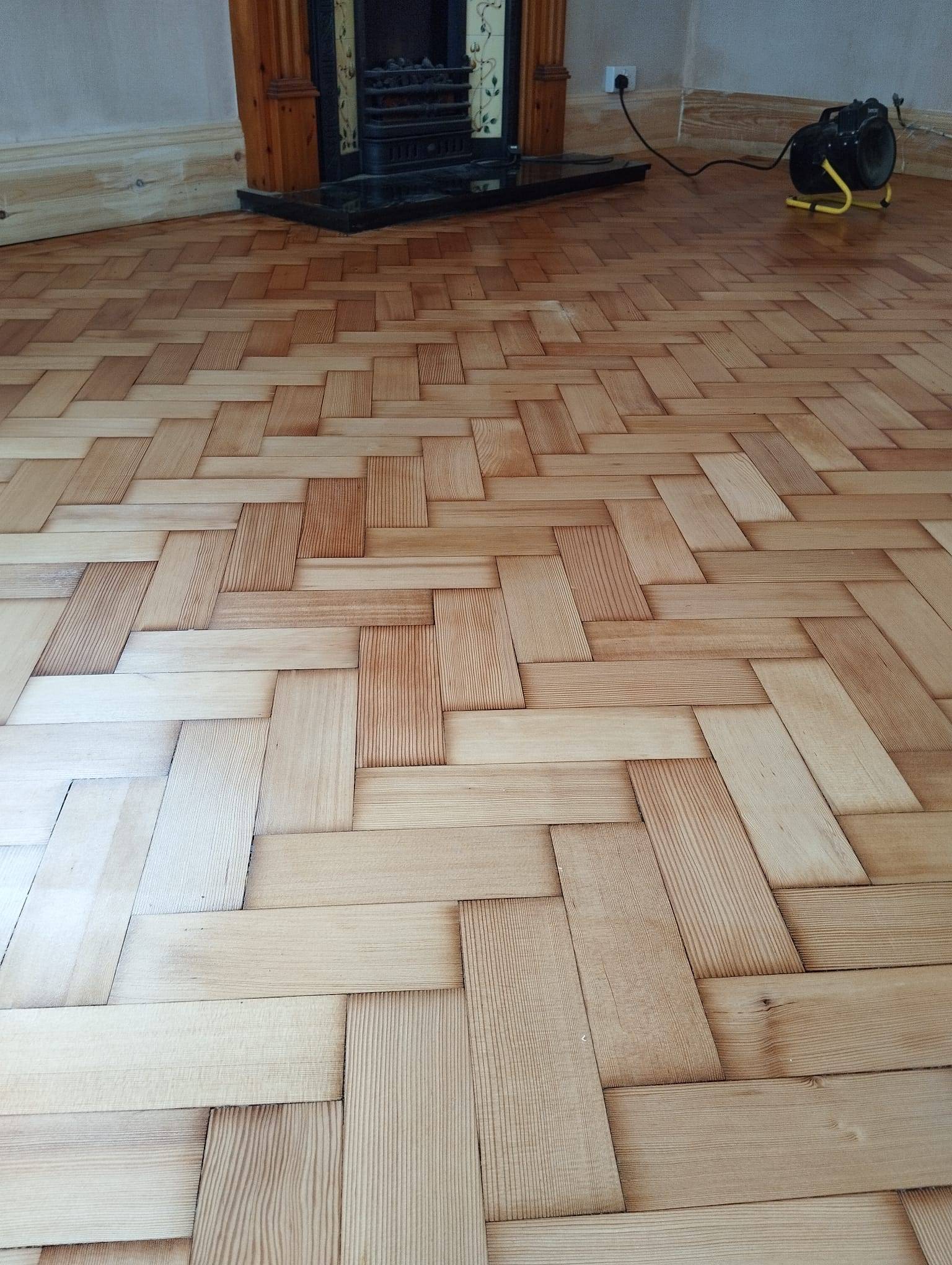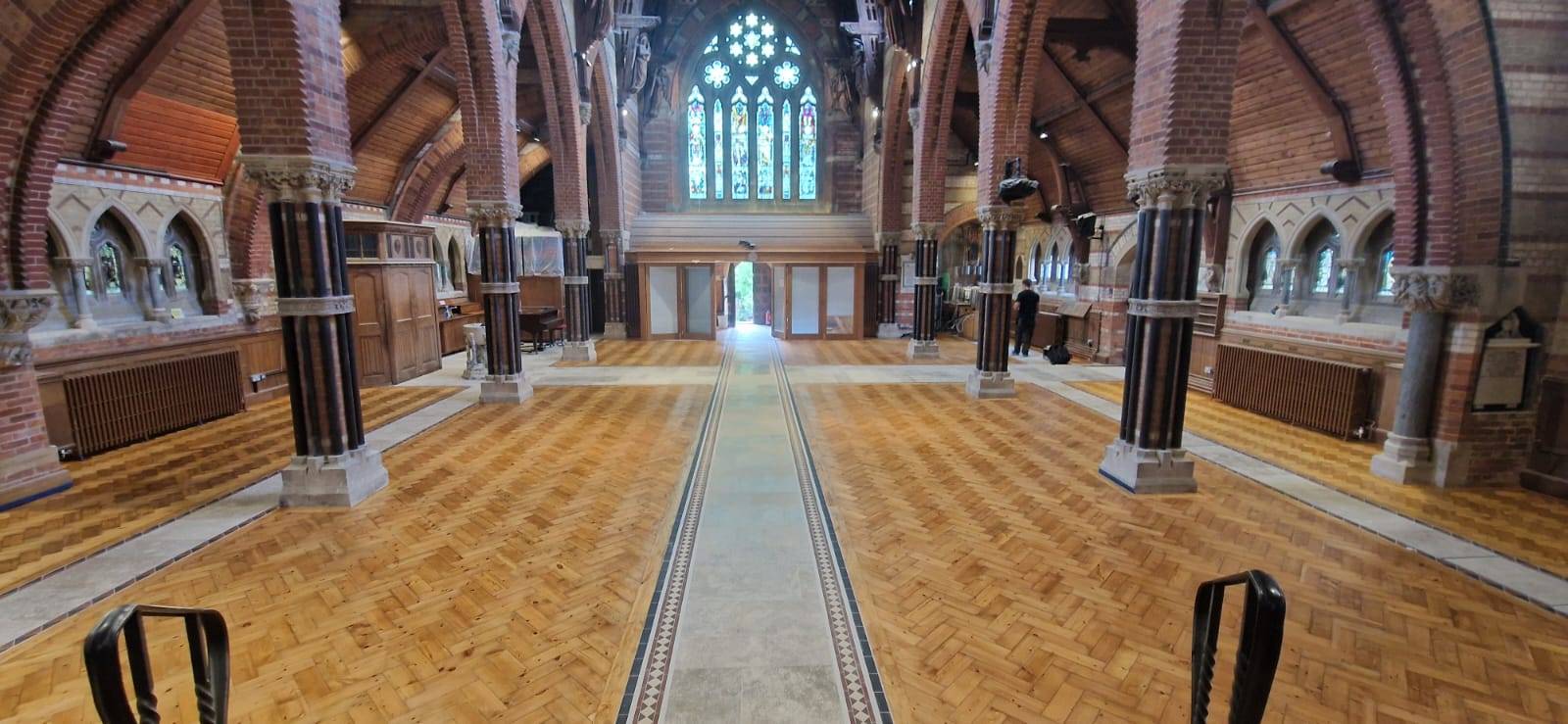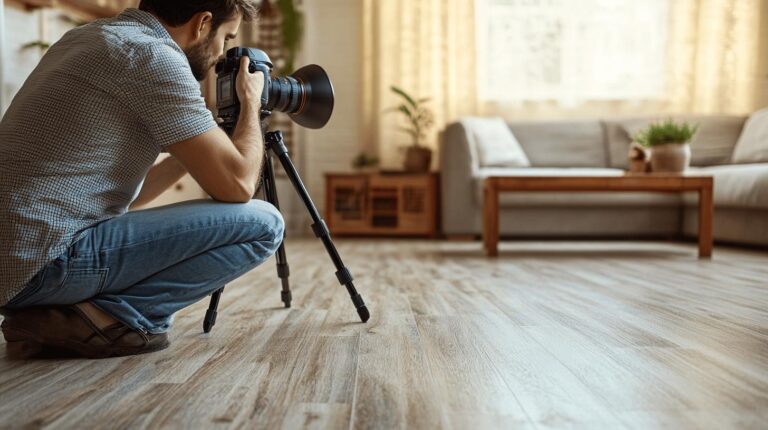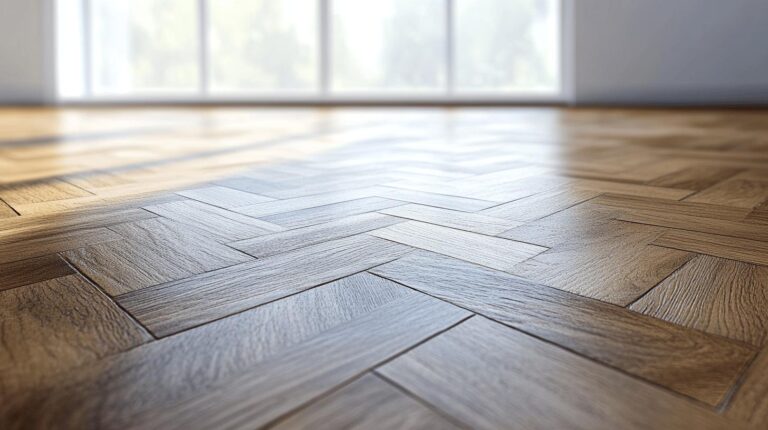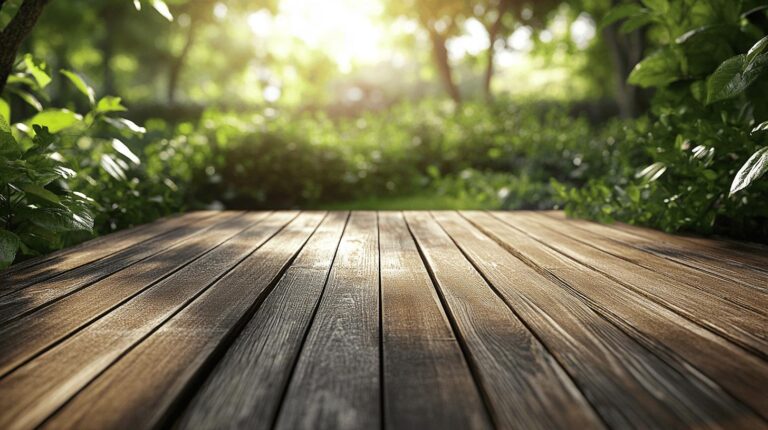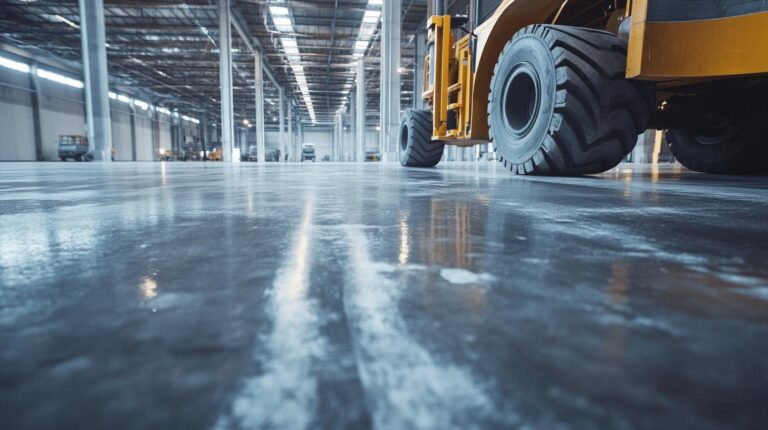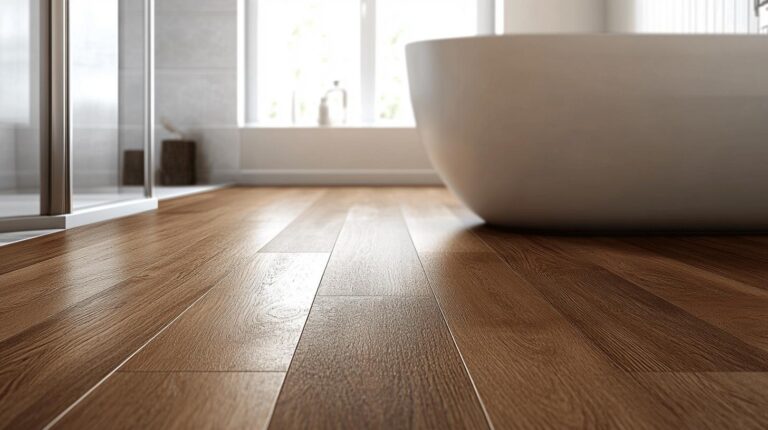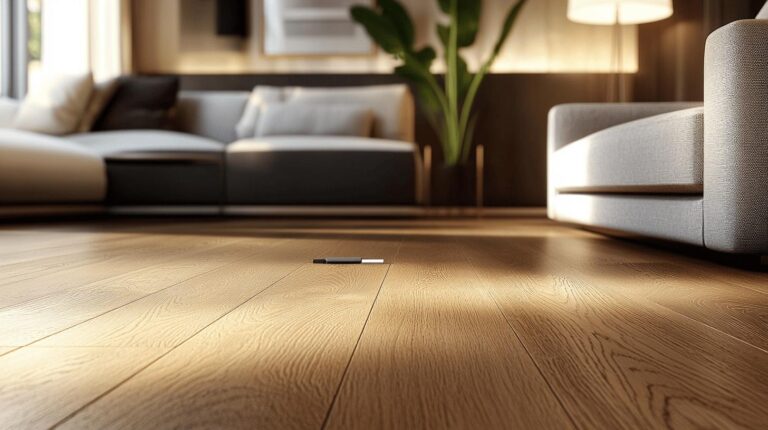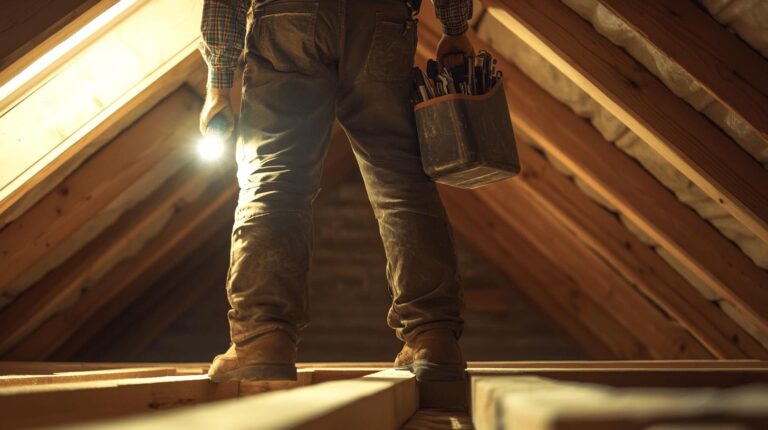Restoring floors in period properties can feel akin to piecing together a historical puzzle, where each plank tells a silent tale of the past. Yet, how does one ensure the authenticity and aesthetic charm of such vintage floors are preserved while infusing them with new life? Welcome to “The Ultimate Guide to Restoring Floors in Period Properties,” where you will delve into the nitty-gritty of identifying and restoring Victorian, Edwardian, and Georgian floorings. Learn essential techniques, source authentic materials, and overcome common challenges with authoritative guidance, ensuring your restoration project adds both value and elegance to your home.
Understanding Period Property Flooring
Period properties are renowned for their distinctive and historically rich flooring styles, predominantly featuring Victorian, Edwardian, and Georgian designs. These floors are not just functional; they are a testament to the architectural and aesthetic choices of their respective eras. Victorian floors often boast intricate mosaic tiles or parquet designs, showcasing geometric patterns and bold colours. Edwardian floors, on the other hand, tend to favour simpler, more refined designs with lighter shades and subtle patterns, reflecting the transitional nature of this period. Georgian floors are characterised by their symmetry and elegance, frequently utilising wide wooden planks with a polished finish. Accurately identifying the type of period flooring is imperative, as each style necessitates unique restoration techniques to maintain its historical integrity.
Successfully restoring a period floor requires a keen understanding of its original materials and design features. Knowing the specific characteristics of the floor type ensures that the restoration process enhances rather than detracts from the floor’s historical value. For instance, Victorian floors might require specialised cleaning to preserve their vibrant tiles, whereas Edwardian floors could benefit from gentle sanding to highlight their understated elegance. Georgian floors often need careful polishing to maintain their timeless sheen. Below is a list of common period floor types and their distinctive features:
- Victorian: Intricate mosaic tiles, parquet designs, and geometric patterns.
- Edwardian: Simple designs, light shades, subtle patterns.
- Georgian: Symmetrical layouts, wide wooden planks, polished finishes.
- Art Deco: Bold, dramatic patterns, use of exotic woods.
- Mid-Century Modern: Minimalist design, focus on natural materials, open grain woods.
Understanding these flooring types is crucial for selecting the appropriate restoration methods, ensuring the preservation of both the aesthetic and historical essence of period properties.
Essential Floor Restoration Techniques for Period Properties
Restoring period property floors requires a meticulous approach, focusing on techniques that maintain the authenticity of the original design. Common restoration techniques include sanding, polishing, and floorboard replacement. Each method plays a crucial role in revitalising the floor’s appearance while preserving its historical significance. Traditional floor repairs are preferred over modern methods as they respect the architectural integrity of period properties. For instance, using lime-based products or reclaimed wood ensures that repairs blend seamlessly with the original materials, providing a cohesive look that honours the floor’s heritage.
Floorboard replacement is especially important when dealing with severely damaged areas. This process involves sourcing materials that match the original flooring as closely as possible. Replacement not only restores the floor’s visual appeal but also its structural integrity. Employing traditional craftsmanship techniques ensures that the new boards integrate smoothly with the existing floor, preventing issues such as uneven surfaces or mismatched aesthetics. It is often advisable to enlist the expertise of restoration professionals, like Ryan’s Restoration, who specialise in period properties and understand the nuances of traditional floor repairs.
Sanding and Polishing Methods
Sanding and polishing are integral steps in restoring period floors to their former glory. The process involves several stages to ensure a smooth and durable finish:
- Assess the Floor Condition: Examine the floor to determine the level of sanding required, identifying any deep scratches or uneven areas.
- Prepare the Area: Remove all furniture and cover nearby fixtures to protect them from dust and potential damage.
- Select the Right Sandpaper: Start with a coarse grit to remove the old finish and any imperfections, gradually moving to finer grits for a smoother surface.
- Sanding: Use a drum or orbital sander, moving in the direction of the wood grain to avoid scratches.
- Clean and Inspect: Vacuum the area thoroughly and check for any missed spots or unevenness.
- Polishing: Apply a suitable polish or finish, using a buffer for an even distribution and enhanced sheen.
These techniques not only improve the floor’s aesthetic appeal but also extend its lifespan. By adhering to traditional methods, one ensures that the historical integrity of the floor is preserved, maintaining the authentic charm of period properties.
Choosing and Sourcing Authentic Materials
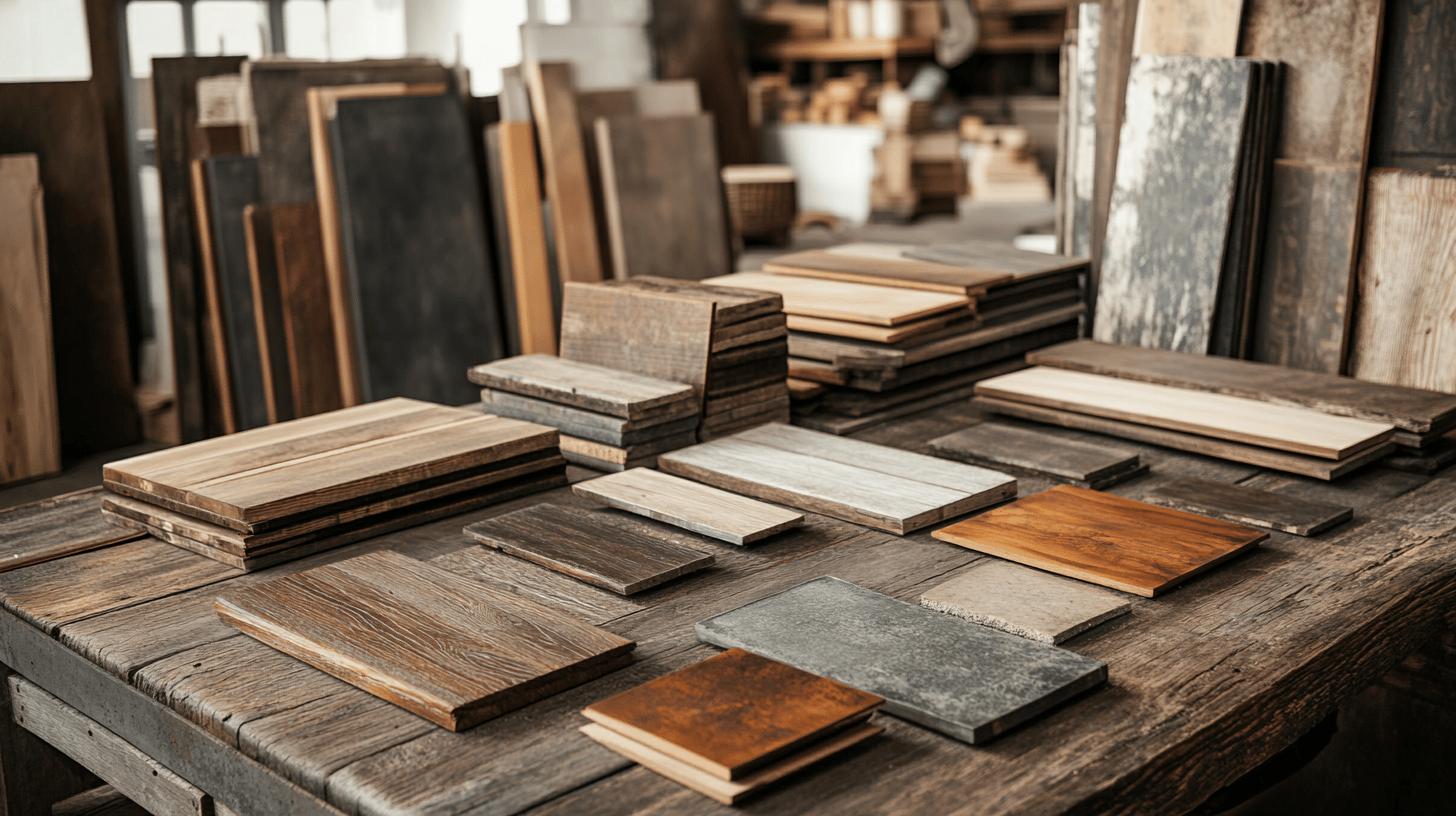
Selecting authentic materials is crucial for preserving the historical value of period property floors. Authentic materials such as reclaimed wood, limewash, and period-appropriate stains not only maintain the aesthetic integrity of the floors but also ensure their longevity. Reclaimed wood is particularly significant as it matches the original texture and patina of the floor, offering a seamless restoration. Limewash, a traditional finish, provides a breathable surface, ideal for older structures, while period-appropriate stains enhance the natural beauty of the wood without compromising its historical essence.
Finding reliable suppliers who specialise in antique flooring materials is vital to the success of any restoration project. These suppliers offer a range of materials that are not only authentic but also sourced in an environmentally responsible manner. Ryan’s Restoration is renowned for providing expert advice and a comprehensive selection of materials tailored to the specific period of a property. Their expertise ensures that the chosen materials align with the architectural style, enhancing both the appearance and the historical integrity of the floors.
Overcoming Challenges in Floor Restoration
Restoring floors in period properties presents unique challenges, primarily due to the age and historical significance of the materials involved. Common issues include uneven floors, moisture problems, and structural damage. For instance, uneven floors can typically be resolved by leveling subfloors or replacing damaged joists. Moisture control is paramount, as excess moisture can lead to warping and decay. Implementing proper ventilation and moisture barriers can help maintain an optimal environment for wooden floors. Structural repairs often require the expertise of professionals who understand the intricacies of period properties, such as Ryan’s Restoration, ensuring repairs do not compromise the floor’s historical integrity.
Avoiding common restoration mistakes is crucial to preserving the floors’ aesthetic and functional qualities. Mistakes can lead to further damage or loss of historical value. Here are key mistakes to avoid:
- Neglecting Moisture Issues: Failing to address moisture can cause long-term damage.
- Inadequate Surface Preparation: Skipping proper sanding or cleaning can affect finish adherence.
- Using Inappropriate Materials: Modern materials may not blend with the original flooring.
- Ignoring Structural Damage: Overlooking structural faults can lead to further deterioration.
- DIY Restoration Without Expertise: Lack of professional insight can result in irreversible mistakes.
By understanding and addressing these challenges, one can ensure successful floor restoration, preserving the historical charm and structural integrity of period properties.
Maintaining and Caring for Restored Period Floors
Ensuring the longevity and beauty of restored period floors requires diligent maintenance and the right care products. Regular upkeep is essential, as it preserves both the appearance and structural integrity of these historically significant surfaces. Vintage floor care products are particularly beneficial, as they are designed to complement the materials and finishes typical of period floors, thus avoiding damage that modern products might cause. Adopting a maintenance schedule is crucial; it should include routine cleaning, periodic inspections for signs of wear, and the prompt addressing of any issues that arise. Preventing wear and damage can also be achieved by placing mats at entryways, using furniture pads, and controlling humidity levels within the property. These practices not only enhance the aesthetic value of the floors but also contribute significantly to their preservation, ensuring that the floors continue to tell their historical story for generations to come.
Recommended Cleaning Techniques
Different types of period floors require tailored cleaning methods to ensure their preservation:
- Sweep or Vacuum Regularly: Use a soft-bristled broom or vacuum with a floor attachment to remove dirt and debris without scratching the surface.
- Use Gentle Cleaners: Opt for pH-neutral cleaners specifically formulated for wood or tile floors to avoid damaging the finish.
- Damp Mop Carefully: Use a well-wrung mop to prevent excess moisture from seeping into the wood or grout, which could lead to warping or mould growth.
- Spot Clean Stains: Address spills immediately with a damp cloth, followed by drying the area to prevent staining or water damage.
- Polish Periodically: Apply a suitable polish or wax to enhance the floor’s sheen and provide an additional layer of protection.
By following these recommended techniques, homeowners can ensure their period floors maintain their historical charm and structural soundness.
Final Words
Unveiling the unique characteristics of period property flooring is just the beginning of restoration. Implementing essential restoration techniques, coupled with traditional methods, ensures the authentic beauty of your floors is preserved. Sourcing genuine materials is vital, as it maintains the historical essence and value.
Overcoming restoration challenges requires attention to detail and avoiding common pitfalls. Finally, maintaining these treasures with proper care techniques extends their lifecycle. By following The Ultimate Guide to Restoring Floors in Period Properties, you enrich your home with historical charm.
FAQ
Understanding Period Property Flooring
What types of floors are typical in period properties?
Period properties often feature Victorian, Edwardian, and Georgian floors. Recognising these styles is key for accurate restoration, as each has unique features and requires specific approaches.
Essential Floor Restoration Techniques for Period Properties
What are common floor restoration techniques used in period properties?
Common restoration techniques include sanding, polishing, and replacing damaged floorboards. These methods ensure the architectural integrity of period floors is preserved.
How do sanding and polishing maintain the historical integrity of period floors?
Sanding and polishing use specific tools to carefully restore surfaces without compromising original materials. This preserves the distinctive characteristics of period floors while enhancing their aesthetic appeal.
Choosing and Sourcing Authentic Materials
Why is it important to use authentic materials for period floor restoration?
Using materials like reclaimed wood and period-appropriate stains ensures the preservation of historical value. Authentic materials maintain the property’s original character and complement restoration efforts.
Overcoming Challenges in Floor Restoration
What are common challenges in restoring period floors, and how can they be addressed?
Challenges include uneven floors, moisture issues, and structural damage. Solutions involve careful assessment, addressing underlying causes like humidity, and consulting professionals to avoid common mistakes during restoration.
Maintaining and Caring for Restored Period Floors
How can restored period floors be maintained effectively?
Regular maintenance using appropriate cleaning methods and vintage floor care products preserves their appearance and integrity. Consistent care prevents wear and supports the floor’s longevity.
What cleaning techniques are recommended for period floors?
Recommended cleaning techniques involve gentle, non-abrasive methods tailored to floor types. This ensures cleanliness without damage, promoting the long-term preservation of restored period floors.
